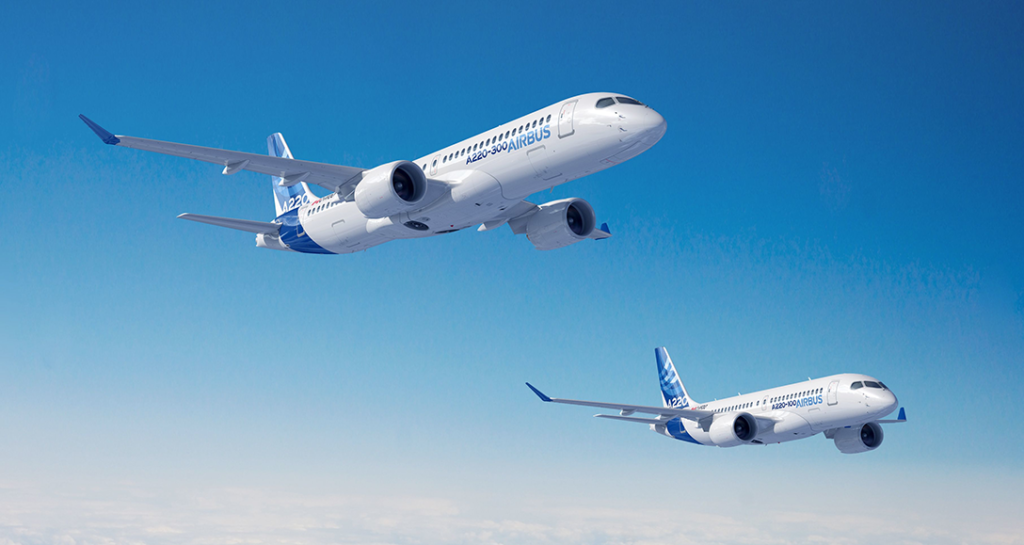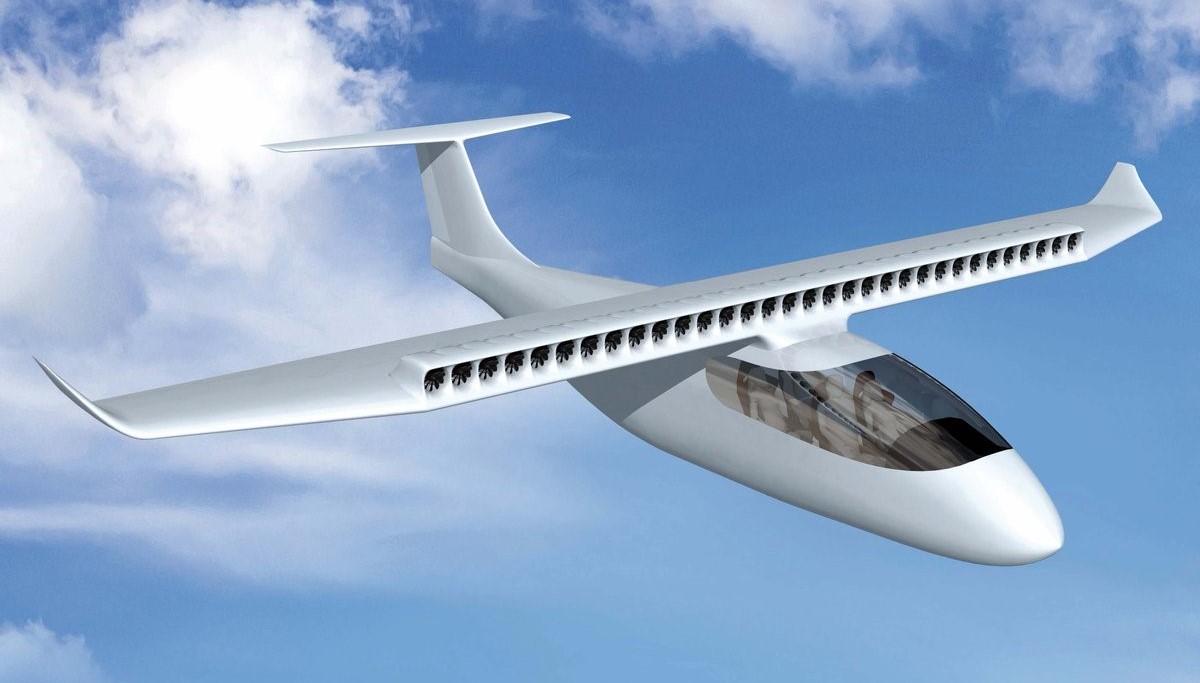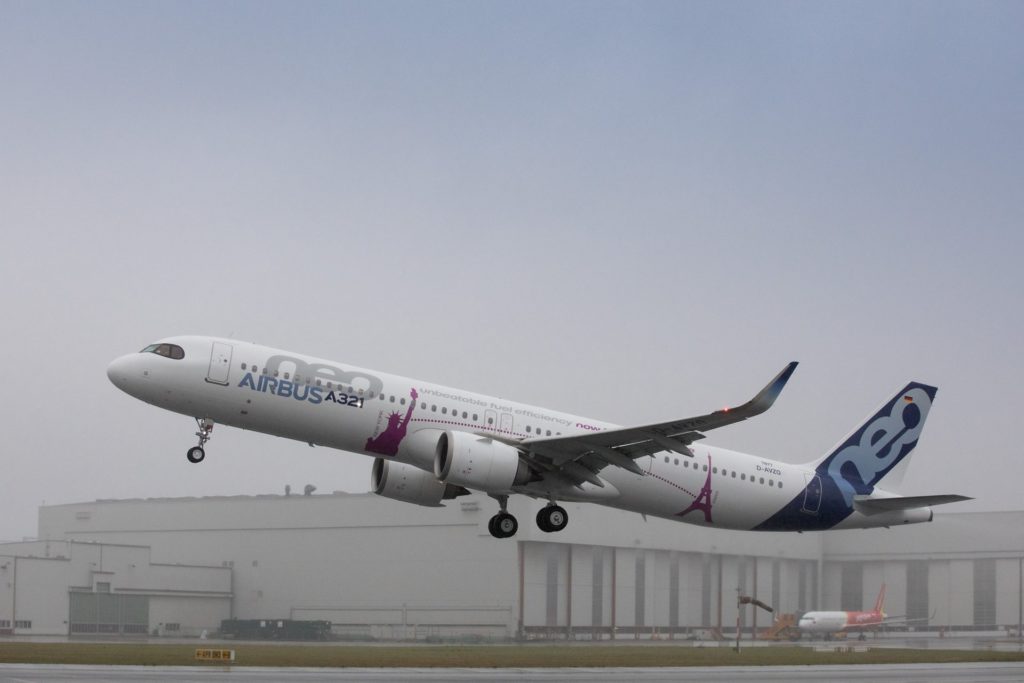Leeham News and Analysis
There's more to real news than a news release.
Asian airline troubles could affect up to 20% of Airbus, Boeing backlogs
By Judson Rollins
Subscription Required
In last week’s analysis, LNA examined which airlines in greater China and the rest of Asia may be in imminent risk of financial distress due to the growing coronavirus outbreak. We found that airlines from Malaysia to Japan have significant exposure to the Chinese market. Several have shaky balance sheets and were already losing money prior to the outbreak, most notably AirAsia, AirAsiaX, Thai Airways, Nok Air, Malaysia Airlines, and Asiana.
The coronavirus outbreak has now spread to Europe and the Middle East, but we are continuing our focus on Asia as it’s been most greatly affected so far. Additional analysis focusing on Europe will follow, with particular attention to the potential for further airline consolidation on the continent.
LNA reviewed ownership and operating data on aircraft to understand top manufacturer and lessor exposure to greater China, which includes Hong Kong and Macau, and the rest of East Asia.
Summary
- Airbus has greater exposure to China and the rest of East Asia, especially in widebodies;
- Boeing’s 787, 777X difficulties will be exacerbated by Asian airline troubles;
- COMAC’s sales book is almost exclusively in China, but government support is likely;
- ATR has material exposure to Southeast Asia; other regional aircraft OEMs are largely unaffected.
Bjorn’s Corner: Why e in ePlane shall stand for environment, Part 10. The problem in perspective.
February 21, 2020, ©. Leeham News: After spending several Fridays looking at different possibilities and technologies that can lower air transport’s environmental footprint we now turn the discussion to what path forward makes sense and how shall we set our priorities.
Bjorn’s Corner: Why e in ePlane shall stand for environment, Part 8. Hydrogen.
February 7, 2020, ©. Leeham News: After discussing established ways of improving the environmental footprint of our air transport system and highlighting the challenges involved with an electric/hybrid route we now look at hydrogen as an alternative energy source.
We will quote from a study series made by Airbus at the turn of the century. It’s today 20 years old but its ideas and conclusions are more relevant than ever.
Bjorn’s Corner: Why e in ePlane shall stand for environment, Part 6. The CO2 problem.
January 24, 2020, ©. Leeham News: In the last Corners we tested some of the ideas why electric/hybrid propulsion would be more efficient and found the ideas could be easier and better implemented with existing technology, yet they are not. One wonders why. Perhaps the ideas are not that brilliant after all.
Before we look at alternative technologies that can help us lower air transports CO2 footprint we shall scope the problem and look at what part air transport plays. To what extent is air transport at the center of the problem?
With Boeing’s 737 MAX delivered to storage instead of customers, unique cost and revenue insights can be gained.
By Bjorn Fehrm
Subscription Required
Introduction
January 23, 2020, © Leeham News: The last three-quarters of non-delivered Boeing 737 MAX production exposes the internals of an airliner OEM as seldom before.
The second, third and eventually fourth quarterly reports from Boeing can be compared to the same reports for the 2018 quarters. The differences in the numbers represent the production cost of the 737 MAX being booked as inventory instead of revenue. These values make for interesting reading as they give deeper insights into the production costs and net customer prices for the model.
Summary:
- When the MAX goes to storage it’s delivered to Boeing Commercial Airlane’s inventory.
- The net production cost appears in an increased inventory cost and the net customer price is missing in revenue.
- By careful comparison of the quarterly reports between 2019 and 2018, cost and revenue insights can be gained
Bjorn’s Corner: Why e in ePlane shall stand for environment, Part 4. Boundary layer ingestion.
January 10, 2020, ©. Leeham News: We continue our series why e in ePlane shall stand for environment and not electric.
Before we continue the discussion about low CO2 footprint propulsion opportunities we look into some of the distributed propulsion concepts proposed for electric/hybrid airliners.
In this and the next Corner, we examine the substance in claimed aerodynamic gains and increased efficiency from such concepts.
Aviation safety continues to improve in the US and Europe
By Judson Rollins
Introduction
Jan. 3, 2020, © Leeham News: Despite all the safety-related headlines surrounding the Boeing 737 MAX, 2019 was a mercifully quiet year with just six fatal airline accidents around the world.
Clifford Law Offices in Chicago recently released an analysis of aviation incidents and accidents reported to the US National Transportation Safety Board (NTSB) from 1982 to 2018. It highlighted several interesting patterns that are probably well known to pilots but perhaps not the rest of the aviation community. LNA also looked at accident data from the European Union Aviation Safety Agency (EASA) for 1970-2017 for comparison.
In 2018, the NTSB investigated 1,581 aviation accidents and incidents that left 847 people dead and another 768 people injured. The vast majority of these, not surprisingly, involved non-commercial general aviation aircraft. Seventy-nine percent of all US aircraft accidents and 72% of fatal accidents involved single-engine planes. In this article, LNA will focus primarily on commercial aircraft operations like the ones defined under US Federal Aviation Administration Part 121 rules.
Summary
- Air travel remains one of the safest modes of transportation;
- Accidents and fatalities have fallen dramatically over the past 40 years;
- The most accidents occur during takeoff and landing, but those during maneuvering and cruising are the most deadly.
Big Three Gulf Carriers’ financials
Subscription Required
By Vincent Valery
Introduction
Nov. 4, 2019, © Leeham News: The rise of the Big Three Middle Eastern carriers since the mid-2000s has been nothing short of astounding.
They took full advantage of an advantageous geographical location: 85% of the world population is within a 10-hour flight from either Qatar or the UAE. Emirates and Qatar Airways connect all continents, except Antarctica.
This transformation i nto super connectors did not come without controversies. The most vocal are the Big Three US legacy carriers, through the Partnership for Open and Fair Skies. They accuse the Gulf Carriers of benefiting from massive subsidies that allow them to underprice their competitors.
nto super connectors did not come without controversies. The most vocal are the Big Three US legacy carriers, through the Partnership for Open and Fair Skies. They accuse the Gulf Carriers of benefiting from massive subsidies that allow them to underprice their competitors.
As part of a deal between Qatar, the UAE, and the USA, the Big Three Gulf Carrier started publishing audited financial statements. Emirates’ and Qatar Airways’ financial statements are publicly available on their websites since 1994 and 2015, respectively. Etihad Airways has been releasing some income statement information since 2010.
Ahead of the upcoming Dubai Air Show Nov. 18-19, LNA had a look at those financial statements. We outline our takeaways in this article.
Summary
- Very high growth at all three airlines;
- Funded by different means;
- Global slowdown and Geopolitical tensions force strategy rethink;
- Varying levels of earnings quality;
- An unsuspected (significant) source of revenues.
Airbus 2019 results hit by A320neo delivery delays
By Bjorn Fehrm
October 30, 2018, © Leeham News: Airbus announced 3Q 2019 results today. Revenue and profits for the first nine months were up from last year but the company is still wrestling with delivery problems for A320neos from its Hamburg factories. The delays during the first nine months cannot be caught up and the delivery guidance for 2019 is now 860 aircraft instead of 880-890.
Guided free cash flow will suffer as a result while profits for the year are guided unchanged as the first nine months delivered healthy profits.








